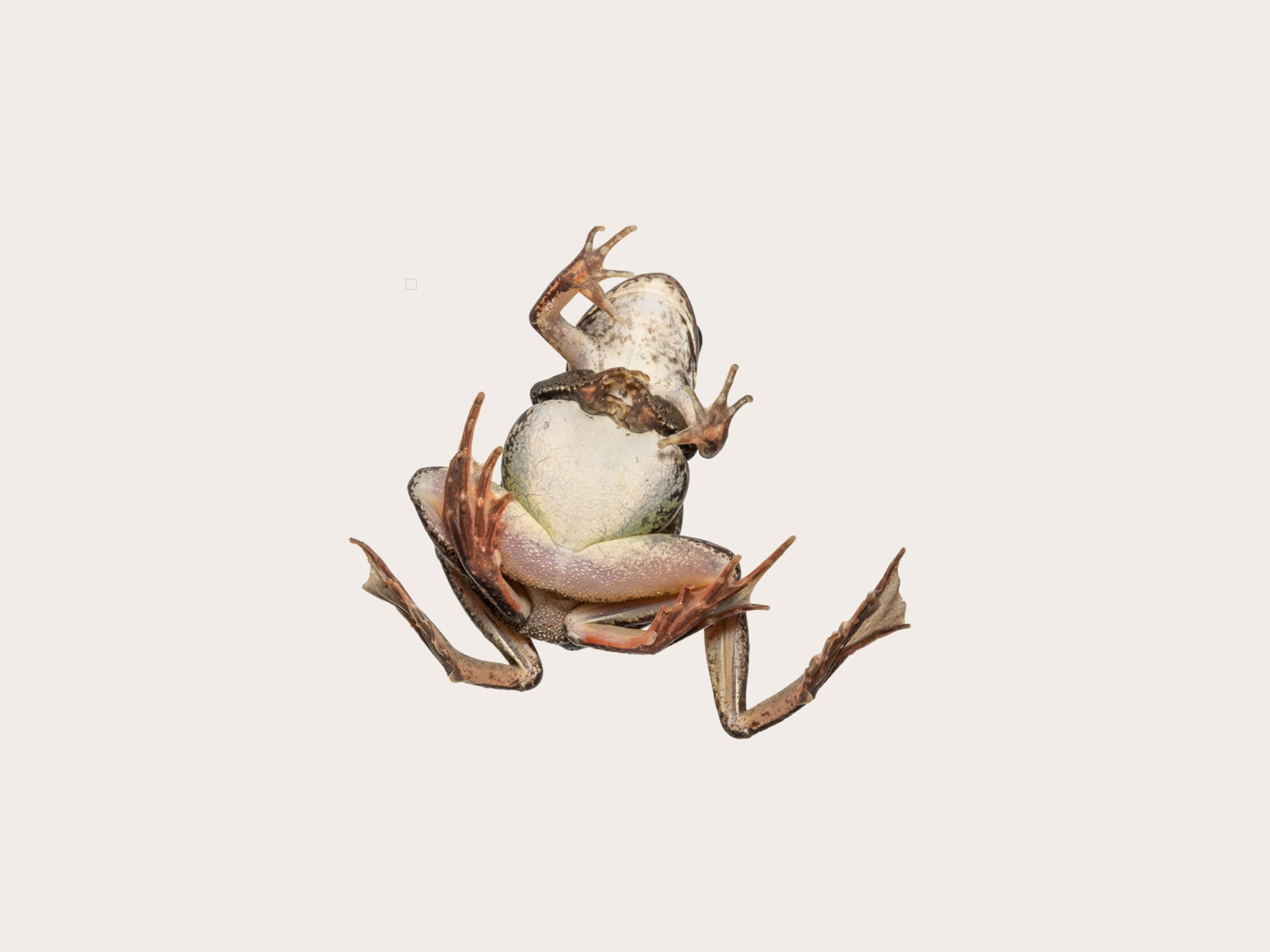
What Ever Happened to Emu, the Next Red Meat?
In the 1990s, emu was billed as America’s next red meat. Environmentalists touted its eco-friendliness, nutritionists gushed over its health benefits, and chefs praised its tender meat.
But more than a decade later, emu still can’t compete with beef when it comes to space on the dinner plate.
What’s contributed to the downfall of emu farming? Insufficient marketing, farmers aging out of the business, the lack of emu-meat processing facilities, and an unstable consumer base, for starters. Like kangaroo meat, (see Kangaroo: The Next Alternative Meat?) it seems to suffer from image problems.
There are only 13,300 emus in the U.S.—a 72 percent decrease in ten years. That’s in comparison to the number of beef cows: 29 million animals strong. Texas has the largest emu population, followed by California and Wisconsin. But emus are so uncommon that even exotic fowl like peacocks outnumber them more than three to one.
“I don’t think [emu] will take over beef—not in this country,” says Mike Martin, a retired emu farmer in Kansas.
The emu is the largest bird native to Australia and the second largest bird in the world, behind the ostrich. The flightless fowl grows to up to 6.2 feet tall and can weigh in at 120 pounds. One emu yields about 25 pounds of meat and two gallons of oil, used as a skin salve and in some industrial products. It produces large, green eggs that artists covet, and makes an omelette the size of one made with a dozen chicken eggs. While it takes five acres to raise just one beef cow and calf, it takes less than three acres to raise an emu, Martin says.
Emu meat is like beef in that it contains myoglobin, proteins that hold oxygen and make meat red, says Todd Green, a zoologist at Oklahoma State University who has studied emus for a decade. “It tastes a lot like beef even though it’s a bird,” Green adds.

But unlike beef, emu meat has a low-fat content similar to chicken, according to a 1998 study in the World’s Poultry Science Journal.
So what happened to America’s much talked about “next red meat”? Emu hasn’t been marketed to U.S. meat-eaters, says Tom Citrhyn, president of the American Emu Association (AEA). The association takes out ads in magazines such as Grit and Hobby Farms to raise awareness—but that can’t compare to the money beef lobbyists funnel into their advertising.
“We’re competing with the beef industry and chicken industry,” says Citrhyn, who farms 70 emus. “We are very small, and we are not as organized as they are—it’s almost like hitting a wall in some cases.”
How small? The AEA has less than a thousand members, though Citrhyn is quick to point out that hundreds of non-AEA members also raise emus. Most emu farmers are middle-aged, and many are considering retirement. As more and more people leave the business and sell their stock for slaughter, membership numbers will continue to decrease.
The lack of facilities that process emu meat also holds back the industry. State governments have to approve meat intended for sale in-state. But in order to sell nationally, emu farmers must process their meat at a facility approved by the U.S. Department of Agriculture. Since each mobile processing facility costs upward of $250,000 to build, they’re difficult to fund. [There is a USDA effort on mobile slaughterhouses that’s worth mentioning.)
“It’s cost-prohibitive,” Citrhyn says. “Basically, it keeps me from doing business.”
Emu meat is also costly for consumers, who generally buy the products online or at local stores. A pound of emu costs anywhere from $25 to $30, whereas even the most expensive cut of beef costs an average of $8 a pound. When emu came onto the scene, there were too many birds and not enough buyers willing to pay such high prices.
The emu industry isn’t doing so well in Australia, its native land, either. On the entire continent, there are fewer than 300 birds on farms. Business is bad in India, too, where, after a mad rush to start emu farming, there were so many birds and so few buyers that some farmers abandoned their emus in the wild rather than pay for feed, according to Bloomberg.
In 2016, the AEA plans to increase membership, get more birds on the ground, and, one day soon, bring back the promise of the 1990s.
“We were pioneers,” Martin says. “[We’re] the same as the people who [first began] raising cattle in this country.”
Maybe it’s now up to the next wave of emu farmers to turn the industry around.
Mollie Bloudoff-Indelicato is a freelance science, environment, and health reporter. You can find her on Twitter.





